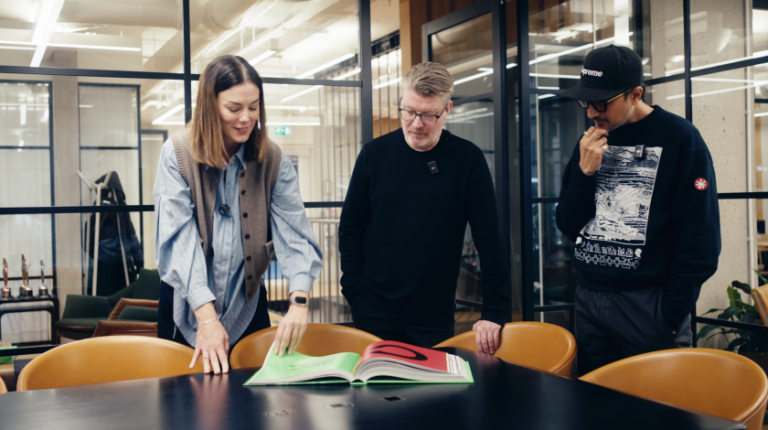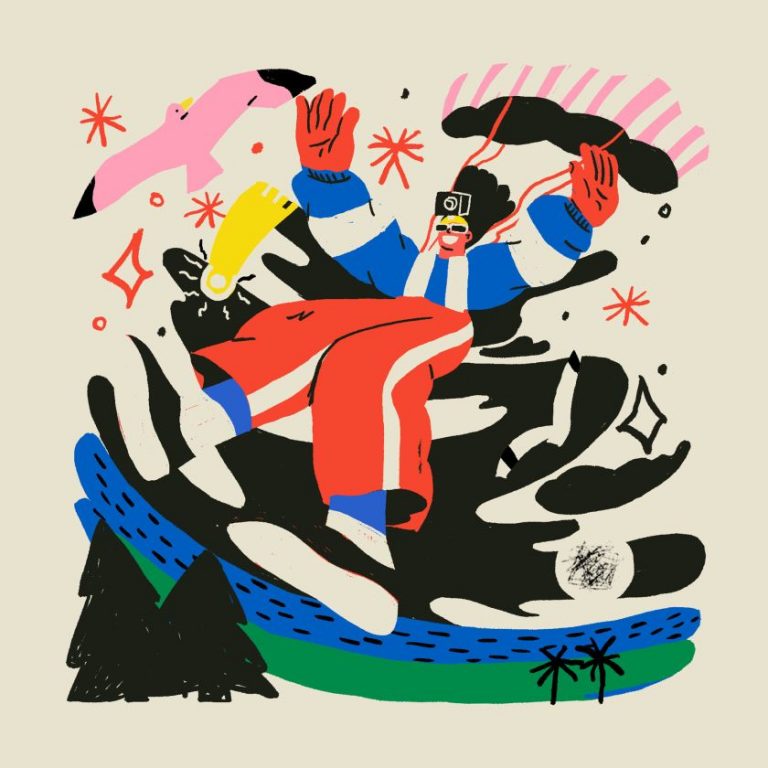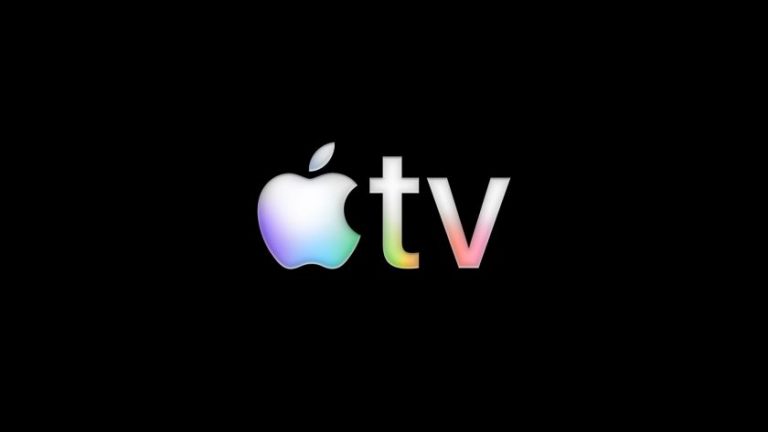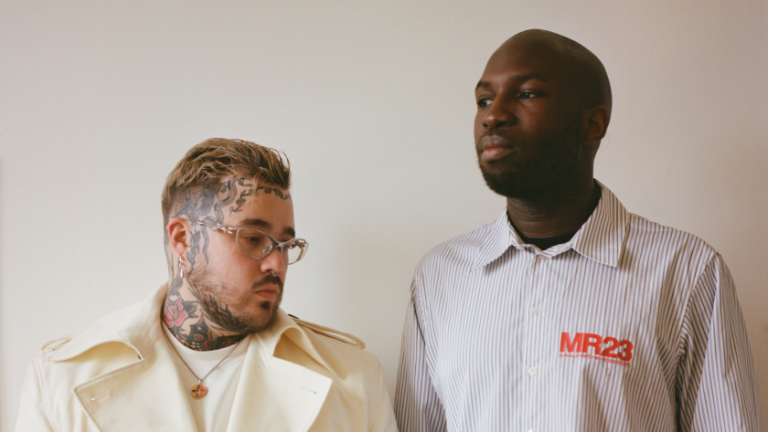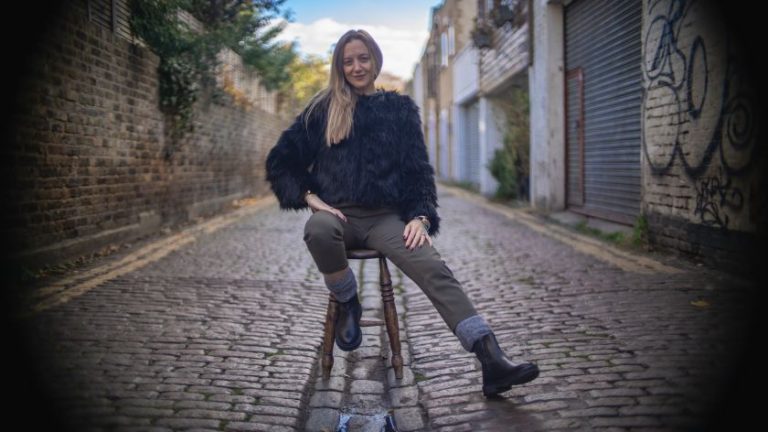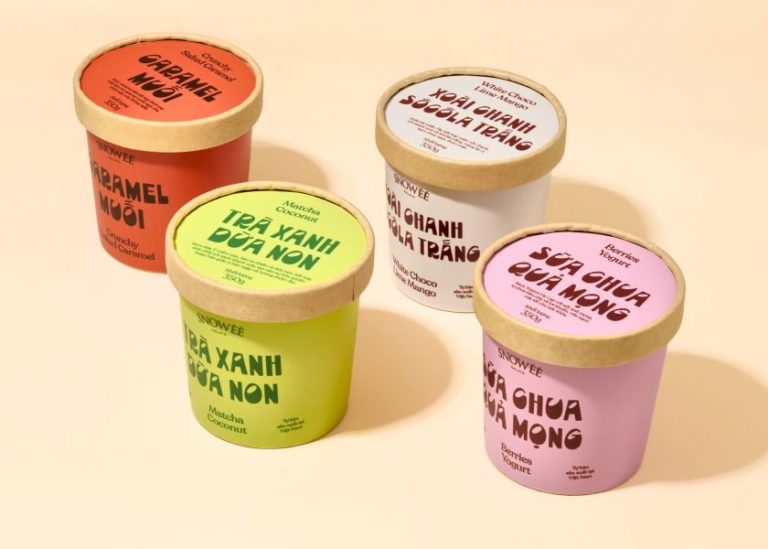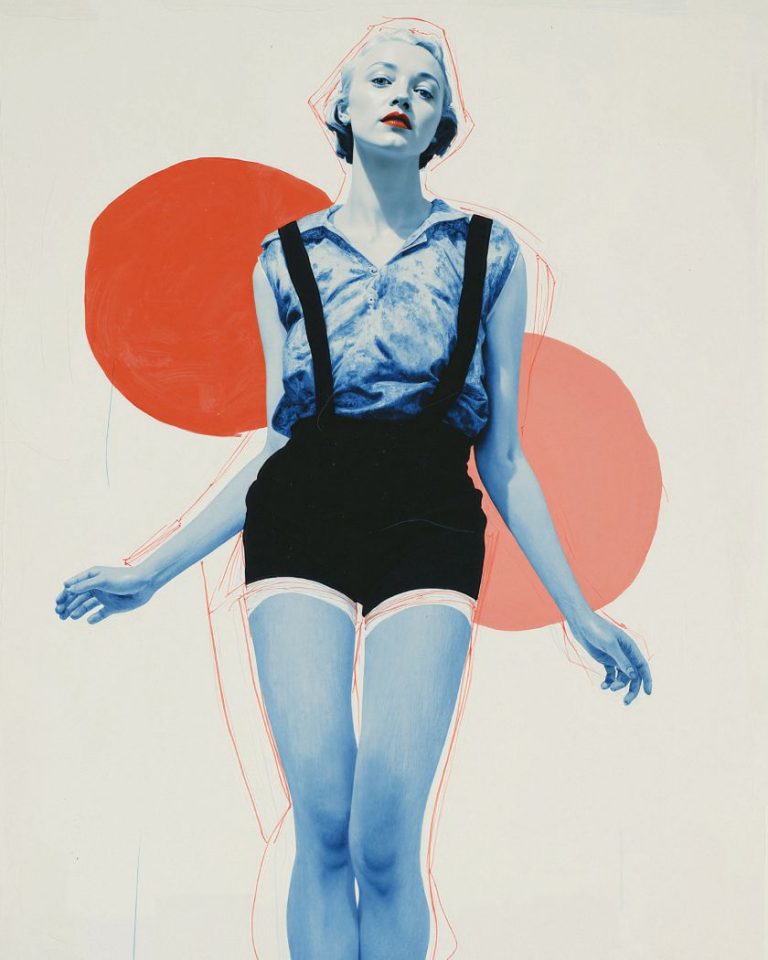Image licensed via Adobe Stock
Creatives share their top tips for building a personal brand, allowing you to unleash your unique creative vision, connect with your tribe, and attract your dream clients.
In today’s hyper-connected digital landscape, personal branding has become key to success for creative professionals. It’s no longer enough to simply be talented: you need to be able to stand out from the crowd and attract clients, collaborators and fans by cultivating a unique personal brand.
Sounds great in theory, right? After all, we’re all skilled at building brands for others, so why not ourselves? Unfortunately, in practice, many of us find it pretty difficult. It’s much easier to sing other people’s praises than that of your own. And so what we end up producing often feels like fake marketing BS, at least to ourselves.
So, how should you go about it? We canvassed the Creative Boom community to get their tips and share their best advice below. You can also check out the full threads on Threads and X.
1. Find your point of difference
So, what does it really mean to build an authentic personal brand? Well, for starters, it’s about far more than just crafting a cool logo or curated Instagram feed. A personal brand isn’t really about how you share what you do. Fundamentally, it’s about what you do, period.
With that in mind, illustrator and designer Rich Banks recommends: “Don’t spend ages working on a fancy logo, business cards, flyers etc. Instead, focus on what you create. Push it. Get known for it. That is the best way to create a creative brand. A great logo doesn’t matter if your work is mediocre. I haven’t had a logo in 15 years.”
A personal brand, in other words, is all about having genuine creative vision, values, personality and the unique perspective you bring to your work. Certainly, that’s what illustrator Ollie Hirst has learned over the years.
“I really started to hit my stride when I stopped trying to emulate other successful illustrators,” he explains. “In terms of strategy, I stopped making what I thought people wanted from me and instead leant into my own experiences and heart health adversity. That meant recognising my unique relationship with science, health and tech, giving it a purposeful platform and using it to inform how I approach those topics. This attracted clients and proved the value I bring, building my brand as an illustrator.”
So, how do you go about doing this? One place to start is taking a step back to reflect on your creative mission, the themes that inspire you, and the types of dream projects you want to work on.
“It helps to really know yourself,” says illustrator and author Jennifer N. R. Smith. “I did a lot of self-reflection on my portfolio and process. What themes kept reappearing in my portfolio? What was my mission as a maker? What were my dream projects? The next step was to make this as obvious as possible to potential clients through my website design and outreach material. These things made a massive difference to my response rate.”
Sitting down and thinking about all of this stuff can help. But if that doesn’t work, another strategy can be to get out there more.
“In my experience, I’ve seen the best results coming from being out, engaging with people, and just being myself,” says illustrator and designer Damon Sheeley. “Markets, conventions, pop-ups and really anywhere that will let me come and set up my weird mix of artsy fartsy things. I love the internet, but growth is a challenge when we’re all shouting into the void, more or less.”
2. Connect your story with others
Once you have your creative story nailed, you’ll need to share it in a way that resonates. This will allow you to connect more deeply with the people who appreciate your work while attracting new fans and clients aligned with your brand values.
That said, many of us find it difficult to blow our own trumpet. “It’s challenging, and sometimes cringe to promote yourself,” says marketing specialist Sally Day “I’ve done it by talking openly about how I’m developing my company, both online and in real life. I’ve also had a lot of networking conversations to share ideas and showcase what I do, with the aim of slowly building a community of like-minded people.
“In doing so, I’ve carefully developed a tone of voice that works for both me and my company,” she adds. “I actively try to consistently and frequently support others in the same position, too, and share my mistakes so they can learn from them. I’ve also used LinkedIn to create a community of colleagues and cheerleaders, even though I work from my home office. Having a support network is invaluable: they are there for you, and they advocate for you. And I believe word of mouth is the most essential part of a successful personal brand.”
3. The importance of personal work
One of the aims of your portfolio is to show the kind of work you want to do more of. But that can pose a challenge if you simply haven’t had enough commissions of this type. That’s why side projects are so important to building your personal brand.
“Personal work helps you form your own take on things, your own voice,” enthuses freelance animator and illustrator Stephen Ong. “When you’re just making what you enjoy, there’s no need to pay attention to trends or what anyone else is doing.”
Designer and illustrator Xavier Segers, aka The Last Dodo, echoes this point. “My personal brand started to emerge when I did non-client work,” he recalls. “I used to experiment and try out new things during downtime. Being totally free to do whatever you want helps uncover where your interests lie and your DNA. You choose certain topics, subjects or techniques that you instinctively lean into. And when you start sharing this, it will attract similar work. For me, it was botanicals and the animal kingdom.”
4. Inject your personal brand with personality
Once you’ve tapped into your authentic creative core, it’s time to start actively shaping and promoting your personal brand across your website, portfolio, social media and client interactions. But again, authenticity is key. Don’t try to be someone you’re not, just to follow marketing advice or trends.
As the artist, designer and photographer Mark Leary says: “Stop pretending to be something you’re not! I like to laugh, joke, and have fun. Trying to come over as a business-focused, serious illustrator who wants to dissect the philosophy of font choice isn’t going to be sustainable or good for my mental health. I want to enjoy working with clients and have fun, so they give me a good recommendation.”
Illustrator and designer Alice Roseberry-Haynes adds: “I try to treat my business as if it’s a product itself that I’m selling, rather than just a skill set. I take a lot of influence from physical products in terms of their branding and marketing, especially for how I display my work online in my portfolio. My website tells a story of my experience, and I like to make sure it’s super interactive and fun, just like what I’m trying to achieve with my work.”
Drawing on personal details can also help in making your personal brand stand out. Illustrator Lisa Fernández Karlsson offers an example.
“I thought a lot about my brand name when I started out,” she recalls. “I was offering personalised design souvenirs to the local museum shops and wanted it to have some sort of connection to the city where I’m based, Malaga in Spain. Many brand names included variants of Malaga or the ancient name MLK, but finally, I came up with ‘952design’. 952 was the official prefix phone number of the city. Now, I also do freelance work, including editorial illustration, but I still stick to my brand name.”
Sometimes, it pays not to overthink it. “This can be such a tricky one,” says illustrator Kohenoor Kamal. “But I ended up using something as simple as my handwriting. We were tasked in uni to create branding of ourselves, and I found the best thing to do was to keep it simple. I was sitting in a pub at the time and ended up scanning in my text, spelling out my name, and it’s stuck ever since.”
As with any brand, consistency is vital. “Repeatedly use the same design elements, colours, fonts, style of work and way of speaking throughout your messaging, across all your platforms,” advises illustrator and designer Amy Slatem. “That’s how you make yourself recognisably and authentically you.”
5. Be patient
One key thing to remember is that personal branding is an eternal journey, not a final destination. As the artist Reesa Beesa puts it: “I developed my own signature illustration style naturally by just creating art for myself first. I only built an intentional brand around it once that voice was solid, and my intention for the brand was clear. Then it was easy.”
Artist Emma Cheng agrees. “It really takes time and patience to test and improve,” she stresses. “The journey is endless. I take art commissions and have my own gift shop. From sharing what I did on social media, I got feedback from my followers and gradually got to know their preferences. Then, I could make something I liked based on what they liked. Joining competitions is another way to build my credit.”
If you follow this advice, your personal brand will likely evolve in unexpected ways over time, influenced by changes in your creative interests, personal life, and the inevitable process of growth and self-discovery that comes from being a creative.
As Jacqueline Colley reflects: “I found building my personal brand to be a long process after leaving full-time work in High Street textile design. It was a journey of re-finding my creative voice and sharing the work. I can see the evolution of my visual voice as I’ve moved away from what other people want me to create and into my own visual world.”
6. Enjoy the payoff!
While developing an authentic personal brand takes patience, diligence, and hard work, the eventual payoff will be huge. By putting your unique identity and perspective front and centre, you’ll attract more of your dream clients and collaborators, the people who truly “get” your creative vision.
Most importantly, maintaining an authentic personal brand allows you to feel fulfilled by doing meaningful work that is true to who you are and having a strong sense of validation. Art director and designer Asa Rodger sums it up neatly. “Over years of doing this work, a good reputation = your brand,” he says.
When you’re still building this reputation, the internet can feel like a void where we’re all just shouting into the ether. But over time, bringing your authentic, unfiltered personality into the real world is what will truly allow your personal brand to grow and thrive.


